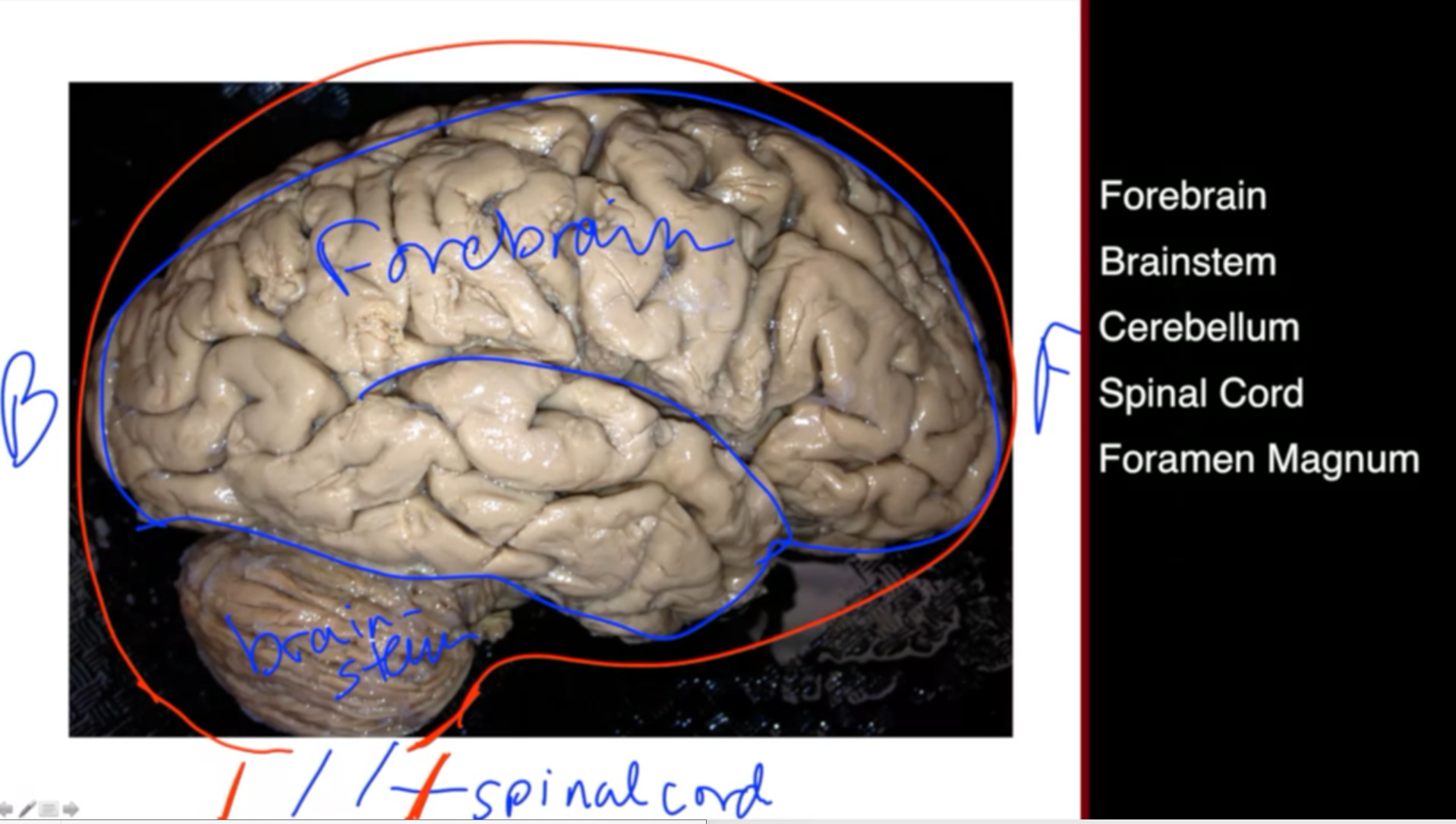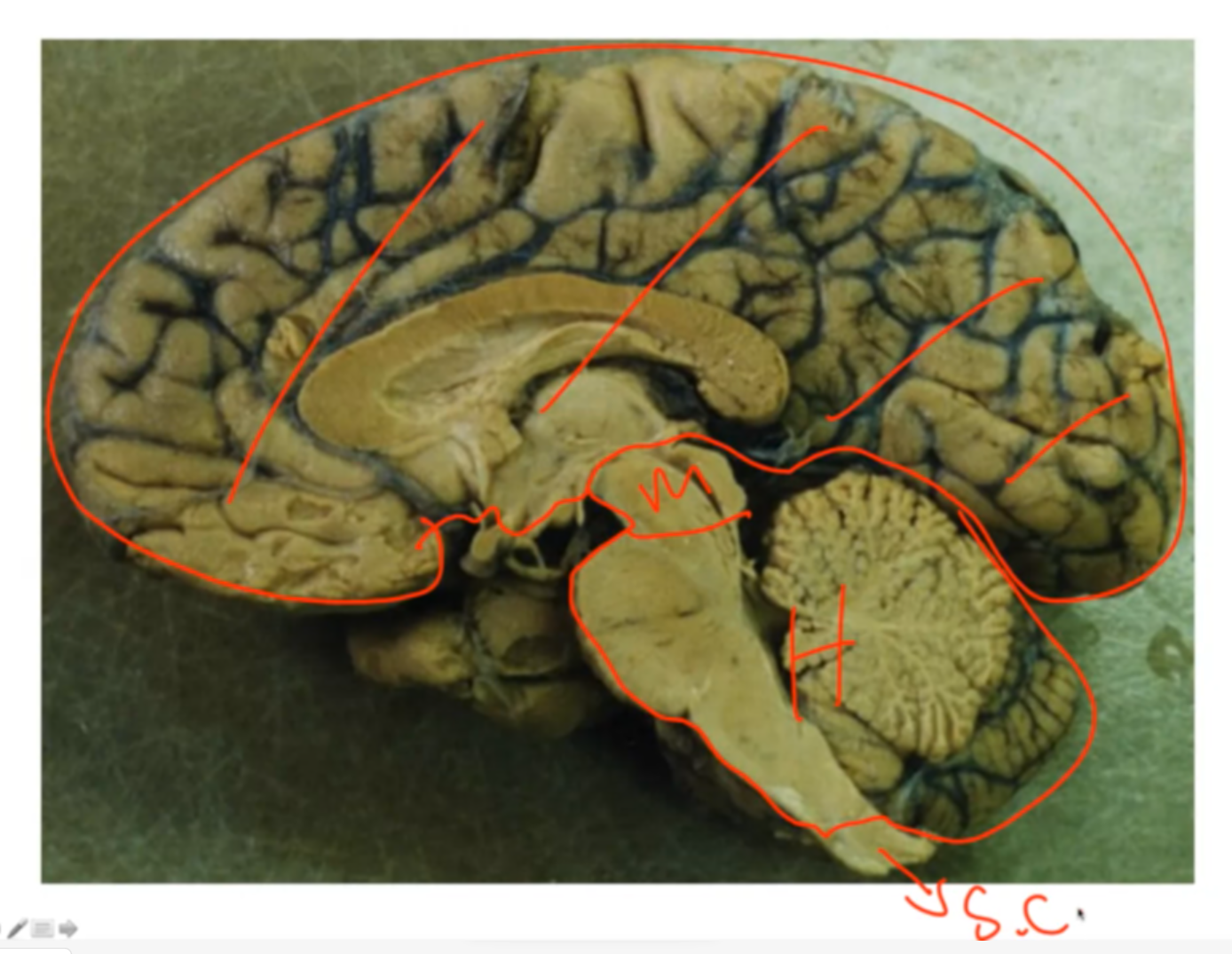Introduction: The lecture explores the concept of locked-in syndrome through the experience of Jean Dominique Bauby, shedding light on the four basic functions of the brain and the central nervous system.
Outline of the Lecture:
- Voluntary Movement
- Perception vs. Sensation
- Homeostasis
- Abstract or Higher Functions (Cognition)
Key Concepts and Definitions:
- Locked-In Syndrome: A condition where a person is conscious but unable to move or communicate verbally due to complete paralysis.
- Central Nervous System: The brain and spinal cord, responsible for processing and transmitting information.
Main Points and Supporting Details:
-
Voluntary Movement
- Definition: Actions driven by the brain, ranging from deliberate gestures to emotional responses.
- Examples: Raising a hand, wincing in pain, speaking, writing, facial expressions.
- Illustration: Bauby’s loss of voluntary movement, limited to eye blinking.
-
Perception vs. Sensation
- Perception: Conscious appreciation of sensory input.
- Sensation: Sensory input received by the brain, not necessarily consciously perceived.
- Examples: Vision, hearing, smell, taste, sense of balance, position, and equilibrium.
-
Homeostasis
- Definition: Maintenance of physiological balance within the body.
- Factors: Oxygen delivery, blood pressure regulation, body temperature control.
- Challenges: Life cycle events, daily rhythms, seasonal variations.
-
Abstract or Higher Functions (Cognition)
- Definition: Complex mental processes including thinking, emotions, motivation, language, memory, learning, and social interaction.
- Importance: Integral to human behavior and interaction.
Note from Lecture on Brain Functions Mapping and Central Nervous System
Introduction: In this segment, the lecture focuses on mapping the four basic functions of the brain onto the central nervous system.
- It explores the regions of the brain responsible for
- voluntary movement
- perception
- homeostasis
- and higher abstract functions.
Main Points and Supporting Details:


-
Mapping Functions onto the Central Nervous System
- The forebrain, which encompasses the cerebral cortex, is distinguished from the brain stem and spinal cord.
-
Voluntary Movements (BS, SC)
- Motor neurons, responsible for voluntary muscle movements, are located in the brain stem and spinal cord, not in the forebrain.
- Motor neurons in the brain stem control facial expressions, speech, and swallowing, while those in the spinal cord govern movement of the limbs and trunk.
-
Perception (FB)
- Perception, the conscious appreciation of sensory inputs, relies entirely on the forebrain, particularly the cerebral cortex.
- The lecturer emphasizes the significance of the cerebral cortex in sensory perception.
-
Homeostasis (FB,BS,SC)
- Homeostasis, the maintenance of physiological balance, involves contributions from the forebrain, brain stem, and spinal cord.
- Hormonal regulation occurs in the forebrain, while the brain stem and spinal cord contribute through autonomic changes and conscious movements.
-
Higher Abstract Functions (FB)
- Higher abstract functions, including language, memory, emotion, and thought, are exclusively dependent on the forebrain, particularly the cerebral cortex.
- The lecturer underscores the critical role of the forebrain in facilitating complex cognitive processes.
Summary: The forebrain is primarily responsible for higher cognitive functions, while the brain stem and spinal cord play essential roles in motor control and homeostasis.
Neurons Central and Peripheral Nervous System Embodied Emotion Early Brain development Neuroanatomy
Flat Schematics of the Brain Brain Lesions Blood Supply to Brain
Perception and Vision Hearing Vestibular system Voluntary Movement Cerebellum Basal ganglia
The Neocortex as Interpreter
- The neocortex is responsible for interpreting events, including those related to the body.
- Disease and illness are interpreted uniquely by individuals.
- Even with complete knowledge of a disease, predicting its impact on a specific person is impossible.
Personalizing Disease Experience
- Personal experiences with disease can vary widely.
- Examples:
- Stroke: Some individuals view it as a positive life change.
- Parkinson’s Disease: Some individuals report personal growth and increased empathy.
- Terminal Illness: The desire for control and autonomy often outweighs physical pain.
The Power of the Neocortex
- The neocortex assigns meaning to experiences.
- Individual differences in the neocortex lead to unique interpretations.
- The human experience is shaped by both biology and personal perspective.